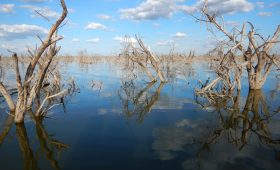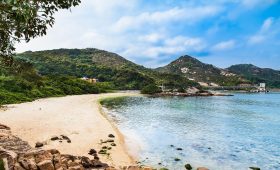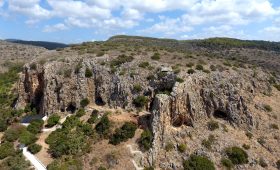Exploring Kruger National Park
Kruger National Park in South Africa is a vast wildlife sanctuary, comparable in size to New Jersey or Slovenia. Established in 1898, it spans over 19,485 square kilometers and is one of the largest and best-managed game reserves in Africa. With over 1.5 million visitors annually, it’s a top destination for those seeking to experience Africa’s diverse wildlife.
Wildlife and Biodiversity
Kruger is renowned for its incredible biodiversity. It’s home to the famous Big Five: lions, elephants, buffalos, leopards, and rhinos. Beyond these, the park hosts over 500 bird species and numerous other mammals, reptiles, and insects. The southern part of the park, rich in water sources like the Sabie and Crocodile rivers, offers excellent game viewing opportunities. The northern region, while less dense in wildlife, is a paradise for bird watchers.
When to Visit
Timing your visit to Kruger depends on what you want to see. The dry winter months from May to September are ideal for game viewing as animals gather around water sources. The wet summer months from October to April transform the landscape into a lush green haven, perfect for spotting newborn animals. However, be prepared for hot and humid conditions during the summer.
Getting There
Reaching Kruger National Park is straightforward. The closest international gateway is O.R. Tambo International Airport in Johannesburg. From there, you can drive to the park, a journey of about 5-6 hours, or take a domestic flight to nearby airports like Kruger Mpumalanga International Airport or Hoedspruit Eastgate Airport. Shuttle services from Johannesburg to the park are also available.
Transportation Within the Park
Once inside Kruger, you have several options for exploring. Many visitors choose to self-drive, taking advantage of the park’s well-maintained roads and clear signage. Alternatively, guided game drives and walking safaris are available, offering the expertise of seasoned guides to enhance your wildlife experience. Note that driving at night is not permitted for safety reasons.
Important Considerations
- Kruger National Park is part of the Great Limpopo Transfrontier Park, a conservation area spanning South Africa, Mozambique, and Zimbabwe. However, border crossings have restrictions and are not open 24/7.
- The park has nine gates within South Africa and two international border crossings. The southern section is more developed, with five gates, while the central and northern sections have fewer access points.
- Visitors should be aware of the park’s anti-poaching measures, which include vehicle inspections at entry and exit points.



